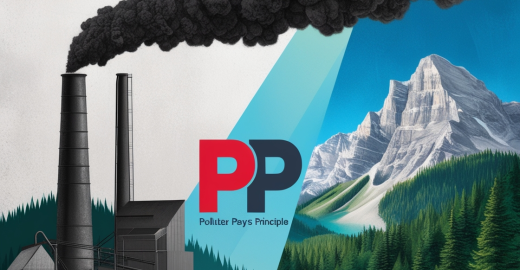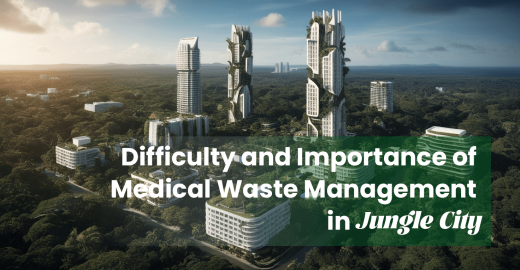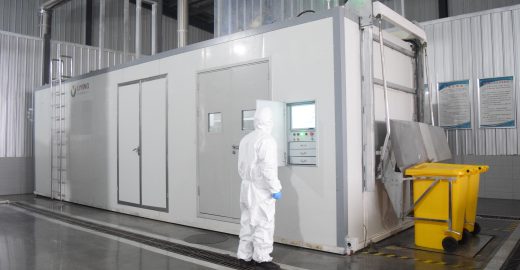Time:
In a healthcare environment, the proper disposal of blood medical waste is a responsibility that hospitals cannot ignore. Next, we will focus on the core points to consider when managing items contaminated with body fluids in your healthcare organization and introduce the efficient solutions LI-YING offers.
Blood-contaminated medical waste covers any material that has come into direct or indirect contact with blood, such as protective equipment (PPE), medical consumables, and test tubes and containers that contain blood.
These wastes are considered highly biohazardous as they can transmit serious diseases such as Hepatitis B, Hepatitis C, MRSA and HIV if not handled properly.
Personal protection is critical: Prior to handling blood-contaminated medical waste, all personnel involved must wear full personal protective equipment (PPE), which includes, but is not limited to, puncture-resistant, impermeable gloves, waterproof footwear, hooded coveralls, and goggles or full face shield. Ensure that all equipment is effective in blocking the penetration of blood and pathogens to protect personnel from the risk of infection.
1.Separate collection: Blood-contaminated medical waste is strictly separated from other types of medical waste and is collected separately in dedicated containers labeled with biohazard markings.
2.Initial treatment: For liquid or leakage-prone blood-contaminated wastes, absorbent materials (e.g. gauze, paper towel) should first be used to cover and absorb the blood to prevent its further spread. Subsequently, the contaminated area should be thoroughly cleaned and disinfected using special cleaning agents and disinfection tools.
3.Waste loading: Place the sorted blood-contaminated medical waste into the dedicated treatment bin of the medical waste disposal equipment.
4.Sterilization: Start the equipment to begin the sterilization process. When the sterilization process is completed, the pathogens in the waste have been effectively killed and the waste reaches a safe and harmless state.
All used PPE is considered a potential source of contamination and must be treated as medical waste before disposal.LI-YING's microwave sterilizers are effective in sterilizing and protecting the environment.
LI-YING's integrated microwave sterilization equipment and shredding system (MDU series), designed for large medical institutions and medical waste disposal companies, can efficiently process blood-contaminated medical waste.
The system kills all pathogens in the waste through the dual action of microwaves and saturated steam, and at the same time reduces the volume of the medical waste, rendering it harmless and safe to dispose of as regular garbage.
Wide range of treatment: The MDU series of equipment is capable of treating a wide range of medical wastes including blood-contaminated medical consumables, diagnostic samples, laboratory wastes, dialysis residues, plastics and sharp objects, greatly simplifying the waste management process.
Exclusions: It is important to note that large metal items (except small medical sharps), pharmaceuticals, chemical waste, genotoxic drugs and radioactive waste are not suitable for use with the MDU's microwave treatment system.
In conclusion, by following strict safety procedures and with the help of LI-YING's integrated microwave disinfection and volume reduction system, healthcare facilities can efficiently and safely handle blood-contaminated waste, safeguarding the health and safety of patients and staff, while realizing the dual goals of environmental protection and resource conservation.
Click here to know more about product details,and you also can follow our video channel.

What is the Polluter Pays…

Forests and wetlands are …

Of course! LI-YING has ex…
PDF Request